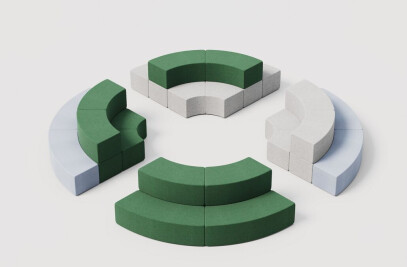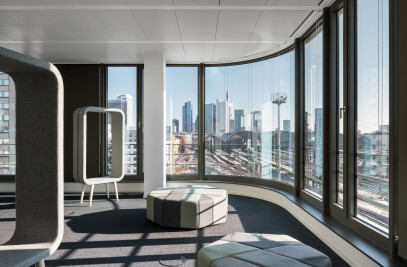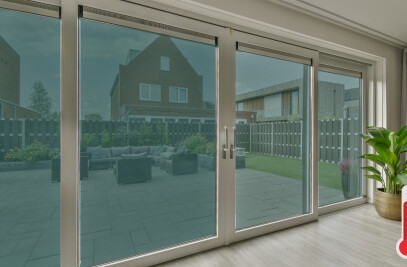Giving new life to glass from electronic waste
Although typically associated with beaches and playgrounds, sand is a resource essential to the continued functioning of our technology-driven society. Sand makes our electronic devices work, our homes light and warm, our communication faster and our energy consumption more sustainable. It is integral to the production of silicon microchips, fiberoptic cables, insulation and solar cells. Moreover, sand is the primary ingredient in glass, which is used in consumer electronic products such as fridges, microwaves and computers.
Despite great efforts to extract, transport, refine and process sand into complex electronic components, little is done to recycle these components when electronic goods reach the end of their lives. They simply land in the dump. Glass has material properties excellent for recycling, but EU directives on effectively processing glass from electronic waste (E-waste) do not currently exist. Sand is a finite resource, and as the volume of E-waste is increasing rapidly worldwide, we need strategies and solutions.
Based on a volume of existing material research by Studio Plastique, Common Sands – Forite evolved as a collaborative research project between Studio Plastique and Snøhetta, with the aim of exploring the potential applications of recycled E-waste glass. Through several prototypes and variations, a process for recycling E-waste glass components was developed, leading to the development of an application integrating and celebrating its variable material quality: glass tiles.
Italian ceramic tile manufacturer Fornace Brioni later joined the team, bringing their experience, industrial know-how, production facilities and potential for scalability to the project.
Made from recycled glass from microwave ovens, the tiles have been developed in two different sizes. The tiles are both opaque and transparent, each with a unique pattern and expression. With a deeply complex, terrazzo-like material quality, they are suitable for a wide range of architectural applications, including both surface coverage and as semi-transparent partition elements.
Common Sands – Forite positively leverages the unique properties of composition, color and structure inherent in the waste material into a series of architectural glass tiles. In an industry which demands transparency and consistency as a standard, the tiles embrace the variance and complexity already embedded in the recycled material. Focus has been put on waste glass from ovens and microwaves as a starting point to demonstrate the aesthetic depth, function and potential of the recycled material, but the project is not limited to this material stream alone.
This collaboration between Snøhetta, Studio Plastique and Fornace Brioni meets contemporary challenges with ambitious, pragmatic and scalable solutions. Working across disciplines, organizations and specializations, the project is an example of how collaboration and curiosity can contribute to creating significant changes within circular and sustainable design.




































































